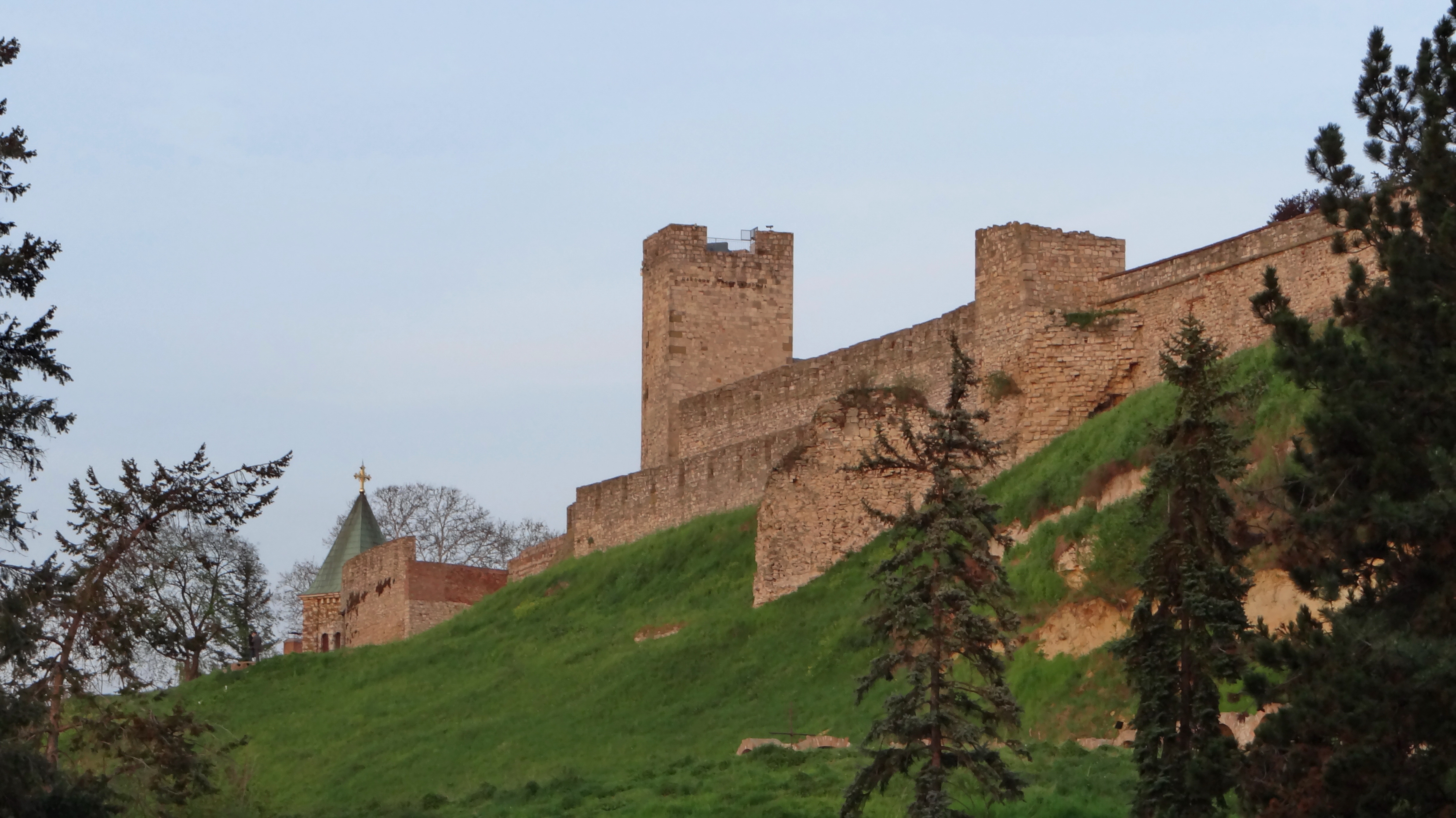Mystery Tunnels of Belgrade Fortress

Beneath the bustling streets and sun-drenched ramparts of Belgrade Fortress lies a hidden world. A world of shadowy tunnels, echoing chambers, and a deep, enigmatic well that has captivated historians, conspiracists, and explorers for centuries. For those who seek to peel back the layers of a city’s history and venture into the unknown, the Roman Well and its surrounding catacombs are not merely a destination, but an invitation into a chilling narrative of mystery and lore.
The Mystery of the Roman Well
Often referred to as the Roman Well, this impressive structure is, in fact, not Roman at all. It was built by the Austrians between 1717 and 1731, during their short-lived occupation of Belgrade. Despite its misleading name, its depth and architecture are nothing short of astounding. A double spiral staircase, reminiscent of a snail’s shell, descends over 60 metres into the earth, leading to a perfectly circular pool of water. It’s a marvel of engineering, but it’s the air of mystery that truly defines it.
Legend has it that the well’s water level is connected to the nearby Sava and Danube rivers, rising and falling with their tides. This has led to countless theories about its purpose, from a hidden escape route to a storage place for treasure. However, the most chilling story involves the well’s supposed connection to the Conspiracy of the Zmajevi (Dragons), a secret society from the 17th century who allegedly used the well for their dark rituals and as a meeting point to plot against the Ottoman rule.
The Catacombs of Belgrade Fortress
The mystery doesn’t end at the bottom of the well. The Belgrade Fortress is a labyrinth of underground tunnels and chambers, many of which remain unexplored. These catacombs are not for the faint of heart. They are dark, damp, and hold the echoes of countless battles, sieges, and intrigues. It’s said that some of these tunnels lead all the way to the city’s other landmarks, while others remain a puzzle, their purpose lost to time.
One of the most famous legends associated with the catacombs is that of the ”Vampire of Belgrade”. A story from the early 19th century tells of a soldier who, after a fierce battle, was left for dead in one of the tunnels. When his body was recovered days later, it was strangely well-preserved. It’s said that the soldier’s spirit still haunts the catacombs, a constant reminder of the city’s bloody past. These stories, while unproven, are what make a visit to the fortress’s underbelly so compelling.
The German Tunnels
During World War II, the Germans, who occupied Belgrade, made extensive use of the fortress’s underground network. They expanded the existing tunnels and built new ones, creating a vast complex of bunkers, storerooms, and escape routes. These new sections of the catacombs are particularly eerie, with their sharp angles and concrete walls a stark contrast to the rough-hewn tunnels of earlier centuries.
A particularly disturbing story from this period is the tale of the ”German Time Machine”. A group of German scientists, it’s said, were working on a top-secret project in the catacombs, attempting to create a device that could manipulate time. The project was never completed, and the scientists disappeared without a trace, leaving behind only strange symbols and cryptic notes on the walls. The legend, though dismissed by most historians, adds a layer of sci-fi horror to an already mysterious place.
The Prison of Count von Schönbrunn
The most documented and darkest chapter in the Roman Well’s history involves the imprisonment of Count von Schönbrunn. The Count, a respected Austrian nobleman, was accused of conspiring against the Hapsburg Empire in the late 18th century. He was thrown into a small, windowless cell near the well, where he languished for years. His story, a grim reminder of the political intrigues and betrayals of the era, is a testament to the fortress’s dual role as a symbol of power and a place of torment.
It’s said that the Count’s ghost, a gaunt figure with a long beard, still walks the well’s staircase, forever trapped between the living and the dead. His story, a mix of historical fact and ghostly legend, is a powerful reminder of the human drama that has played out in this remarkable place.
How to Visit the Roman Well & Catacombs
Belgrade Fortress is one of the city’s most prominent landmarks, and the Roman Well is one of its main attractions. It’s a must-see for anyone interested in history, architecture, and the unknown.
How to get there: The fortress is centrally located, easily accessible by public transport or a short taxi ride from anywhere in the city. The entrance to the Roman Well is near the main gate of the fortress, with clear signage.
What to expect on arrival: The entrance fee for the well and catacombs is separate from the fortress itself. It’s a guided tour, and the guides, who are well-versed in both the history and the legends, are an integral part of the experience. The descent into the well can be a bit challenging, with over 200 steps, so comfortable shoes are a must. The air down below is cool and damp, a welcome change from the summer heat.
Best time to visit: The fortress is open year-round, but the best time to visit the well and catacombs is during the spring or autumn, when the temperatures are mild. This allows you to explore the fortress’s upper levels and the surrounding park before or after your subterranean adventure. Don’t forget to bring a jacket, as it can get chilly underground.
Ready to step into the past and explore the hidden side of Belgrade? The Roman Well and its catacombs await your visit, ready to reveal their secrets to those brave enough to seek them out.
